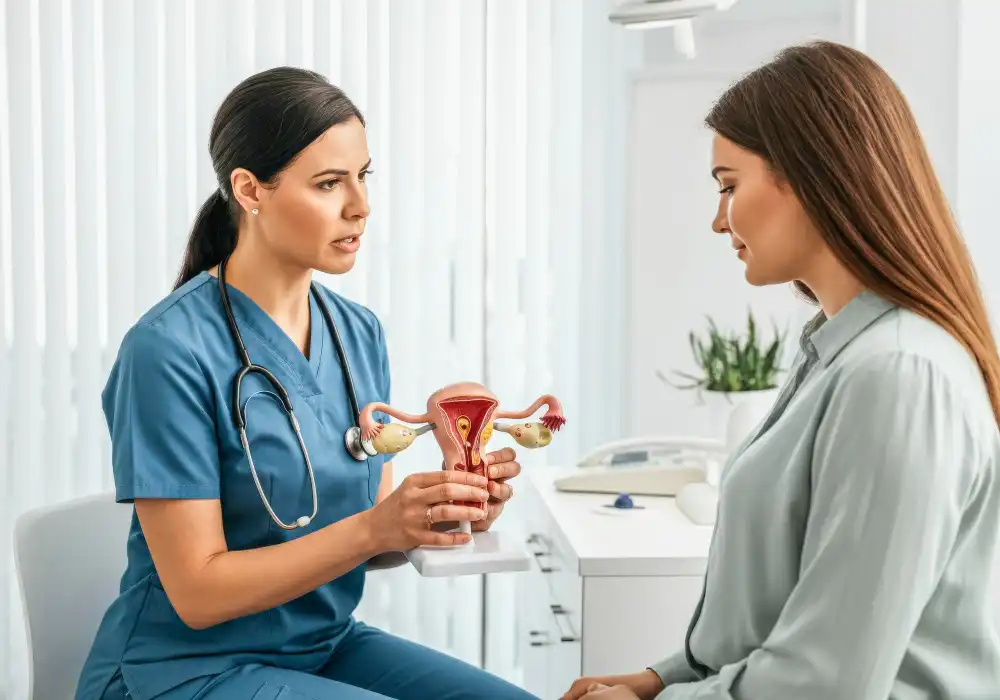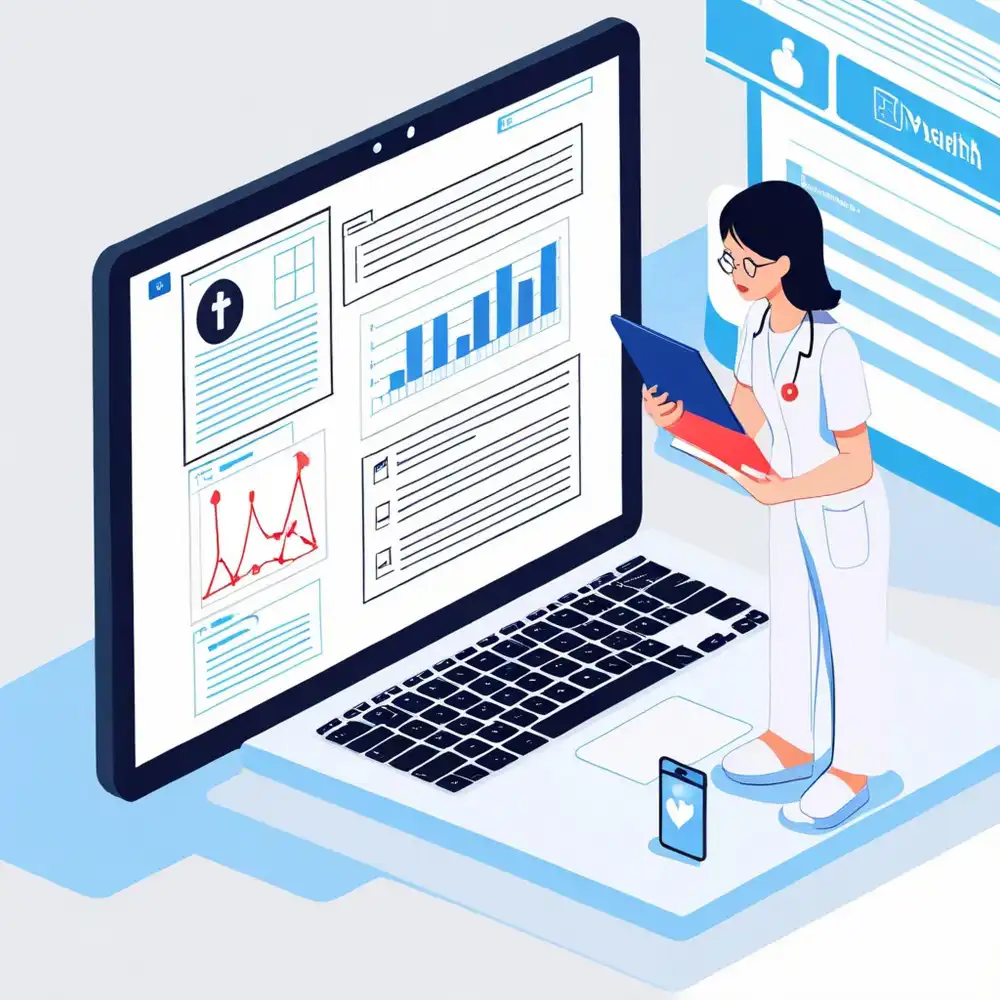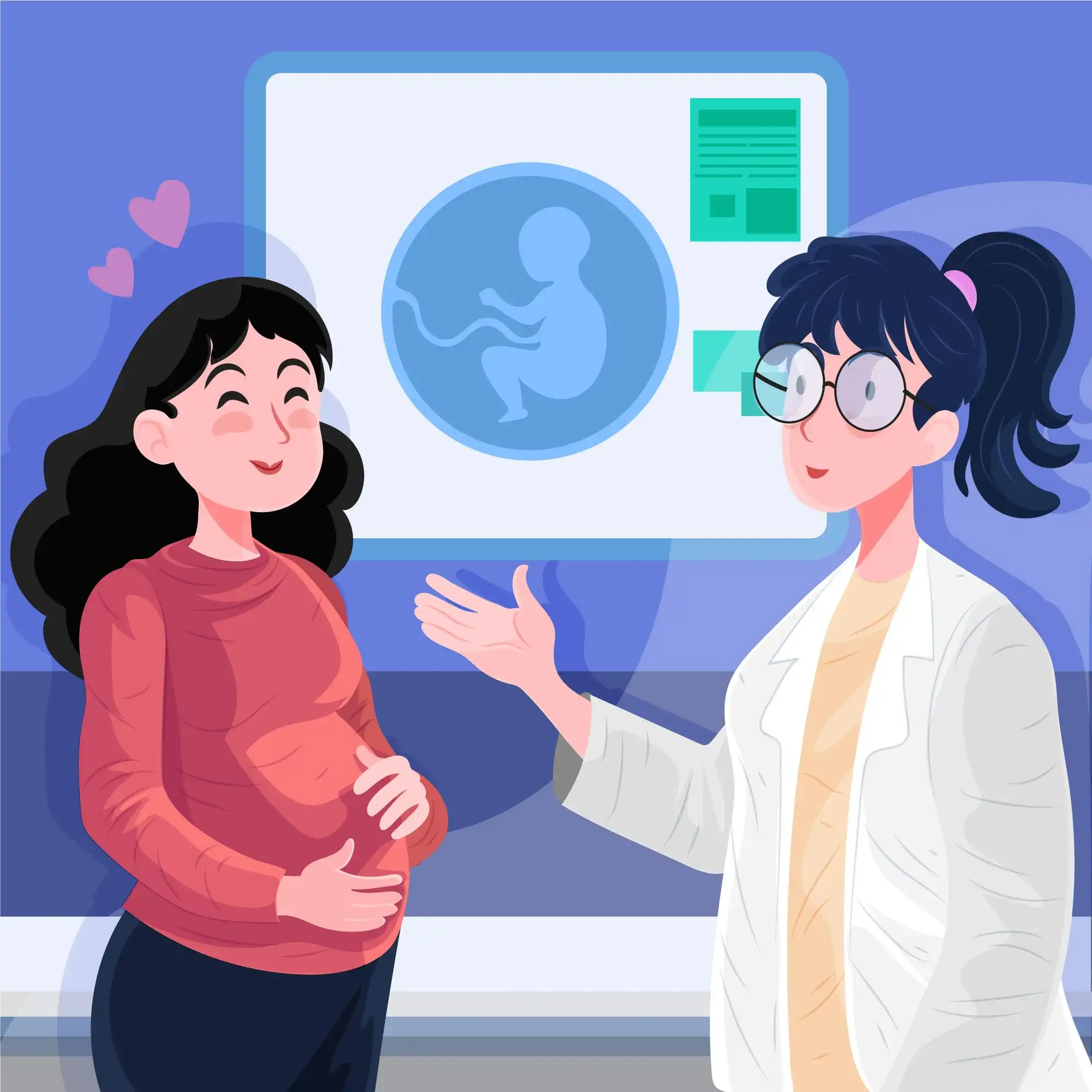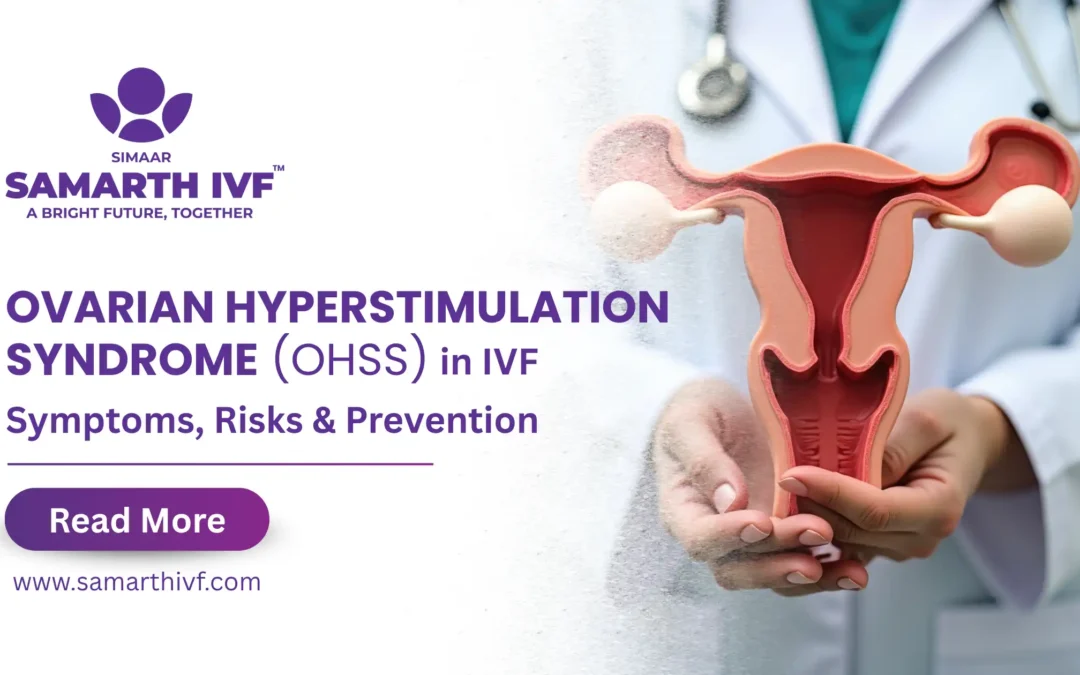Ovarian Hyperstimulation Syndrome (OHSS) is a serious but manageable complication that can occur during in vitro fertilization (IVF) and other fertility treatments. It is caused by an excessive response to ovulation induction medications, particularly gonadotropins, which are used to stimulate the ovaries to produce multiple eggs.
In this blog, we’ll cover everything from OHSS symptoms to prevention strategies and treatment options—so you can navigate your IVF journey with confidence.

What is OHSS?
OHSS (Ovarian Hyperstimulation Syndrome) happens when the ovaries become swollen and painful due to overstimulation from fertility drugs. It typically occurs after egg retrieval and may worsen if pregnancy occurs. In rare cases, OHSS can lead to serious complications such as fluid buildup in the abdomen, shortness of breath, and blood clots.
What Causes OHSS?
The primary trigger for OHSS is high levels of human chorionic gonadotropin (hCG)—either from fertility injections or naturally from early pregnancy. This causes the ovaries to release inflammatory substances that lead to fluid leakage into the abdominal cavity.
Risk Factors for OHSS in IVF
You’re more likely to develop OHSS if you have any of the following:
-
Polycystic Ovary Syndrome (PCOS)
-
Age under 30
-
Low body mass index (BMI)
-
High estradiol levels during stimulation
-
Large number of follicles or eggs retrieved
-
History of OHSS in previous IVF cycles
OHSS Symptoms – Mild, Moderate, Severe
Symptoms of OHSS depend on the severity of the condition:
Mild OHSS:
- Abdominal bloating
- Mild pain or discomfort
- Nausea
Moderate OHSS:
- Vomiting or diarrhea
- Significant weight gain
- Moderate to severe abdominal pain
Severe OHSS:
- Rapid weight gain
- Severe abdominal swelling
- Shortness of breath
- Reduced urination
- Blood clots or ovarian torsion
Diagnosis and Monitoring
Doctors diagnose OHSS based on clinical symptoms, physical examination, and imaging tests like transvaginal ultrasound. Blood tests are also done to monitor estradiol levels, electrolytes, and kidney function.
Close monitoring during IVF stimulation is crucial to detect early signs of OHSS and adjust the treatment plan accordingly.
Prevention Strategies – How to Avoid OHSS in IVF
While OHSS can’t always be prevented, the risk can be significantly reduced with these strategies:
-
Lowering the dose of stimulation medications
-
Switching to a GnRH antagonist protocol
-
Triggering ovulation with a GnRH agonist instead of hCG
-
Using a freeze-all IVF strategy to postpone embryo transfer
-
Careful monitoring of follicle count and estradiol levels
-
Prescribing medications like cabergoline to reduce risk
-
Avoiding fresh embryo transfer in high-risk patients

OHSS Treatment Options
Mild Cases:
-
Rest and observation at home
-
Drinking plenty of fluids
-
Light pain relievers
Moderate Cases:
-
Frequent checkups
-
Electrolyte management
-
Anti-nausea medications
Severe Cases:
- Hospital admission
-
IV fluids and albumin therapy
-
Paracentesis to remove fluid from the abdomen
-
Blood thinners if risk of clots is high

OHSS & IVF: What Patients Should Know
-
OHSS after egg retrieval usually peaks within 7–10 days
-
Pregnancy can worsen OHSS symptoms
-
Talk to your doctor about freeze-all cycles if you’re at risk
-
Consider using GnRH agonist trigger if PCOS is present
-
Not all bloating after IVF is OHSS—know the difference!
Conclusion
Ovarian Hyperstimulation Syndrome is a potentially serious but manageable IVF complication. With timely diagnosis, preventive strategies, and expert fertility care, most cases can be safely treated or avoided altogether. If you are undergoing IVF or planning to, discuss your risk for OHSS with your fertility specialist.
